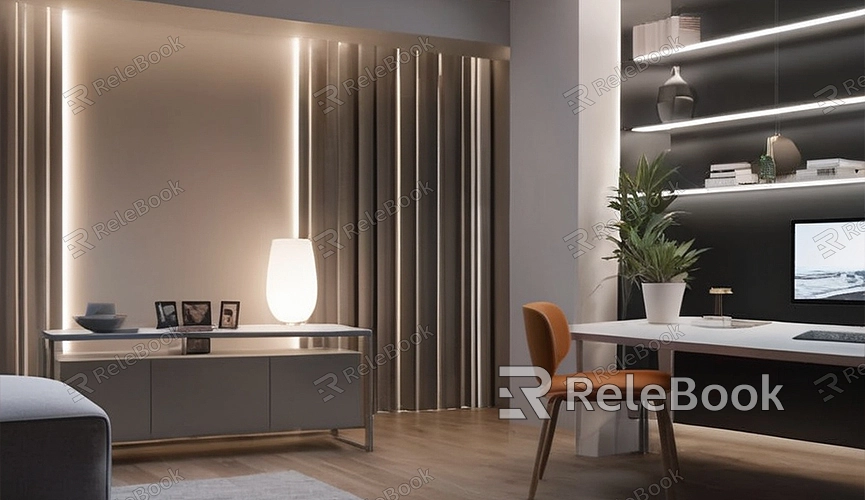How to Hide Objects in Blender Render
Blender is a powerful 3D modeling and rendering software widely used in animation, game development, and visual effects. In Blender, you may sometimes need to hide certain objects during rendering to focus on specific models or scenes. So, how do you hide objects in Blender render? This article will detail several methods to achieve this goal.
Using "Hide" Functionality
The most straightforward method in Blender is using the "Hide" functionality. In Object Mode, select the object you want to hide and press `H` key to hide it. To unhide objects, simply press `Alt + H`. While this method hides objects in the view, they will still appear in the render.

Masking to Hide in Rendering
If you want to hide objects specifically from rendering, you can use the Mask functionality. First, select the object you wish to hide, then go to the Object tab in the Properties panel. Here, you'll find an option named "Mask." Enabling this option will exclude the object from rendering while remaining visible in the viewport.
Utilizing Collections for Object Management
Blender's Collections feature is also helpful for managing and hiding objects. You can place objects you want to hide into a collection and exclude that collection from rendering in the Render Layer settings. This method not only allows flexible management of multiple objects but also simplifies the management of complex scenes. To do this, navigate to the Scene tab in the Properties panel, and in the Render Layer settings, deselect the collection you want to hide.
Adjusting Object's Render Settings
Blender also allows you to hide objects by adjusting their render settings. Select the object you want to hide, then go to the Object tab in the Properties panel. In the Visibility section, you'll find options such as "Disable in Renders" and "Disable in Viewports." Simply check "Disable in Renders" to exclude the object from the final render results.
Using Transparent Materials
Another method to hide objects is by applying a transparent material. You can add a fully transparent material to the object, so it exists in the scene but is not visible during rendering. To do this, select your object, add a new material in the Materials tab, and in the Node Editor, connect a Transparent BSDF node to the Material Output node. This will make the object transparent in the render.
Scripting for Hide/Show Automation
For complex scenes requiring frequent hiding and showing of objects, consider using Python scripting in Blender. Blender's Python API is robust, allowing you to write scripts to automate these processes. For instance, you can write a script to hide or show objects based on specific conditions, thereby enhancing workflow efficiency.
If you need high-quality 3D textures, HDRI, or downloadable 3D models for your modeling and virtual scene creation, you can download them from Relebook and directly import textures and 3D models into your projects.
There are various methods in Blender to hide objects, including using the "Hide" functionality, masking, collections for management, adjusting object's render settings, using transparent materials, and scripting for automation. Depending on your specific needs, you can choose the appropriate method to hide objects that shouldn't appear in your renders. This article aims to help you better manage and optimize your Blender projects, making your work more efficient and convenient.

